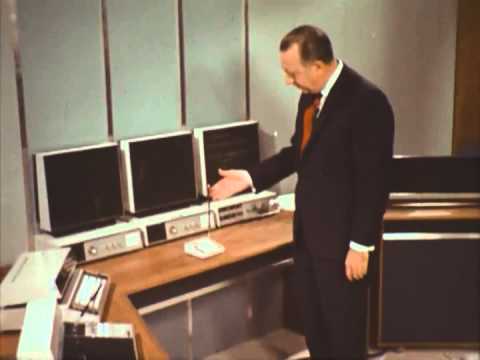“The romantic ideas of ‘home’ are collapsing all around us,” writes Ben Valentine in an h+ essay which meditates on the new book SQM: The Quantified Home. Well, most of us still live in homes similar to the previous generation, but the eyes of the Internet have begun to peep inside, and once every object is, in fact, a computer, it will be impossible to stop the prying. Valentine suggests that “free” products will be a trade-off in which we surrender privacy, the way Facebook costs nothing monetarily but is expensive in other ways. As Airbnb has shown, economic pressures have left doors ajar for strangers. More and more, the unfamiliar faces will be virtual. An excerpt:
In his essay, Bruce Sterling asks us how the architecture and architects of the home will be disrupted – like the music and publishing industries were disrupted – for data optimization? As we’ve done for social media, we’re opening up our homes to private companies for the sake of security and ease. We’re putting security cameras in our children’s bedrooms and connecting our home to the cloud with devices such as Amazon Echo. How will the home as networked site look when created to produce as much advertising data as possible? How can a home look more like an Amazon warehouse?
In the networked home of the future, will we enter a Facebook-like power relationship, willingly rendering all our most private moments visible to marketers for a tax break or a free networked fridge? It sadly doesn’t sound too unlikely to me. SQM: The Quantified Home sets up a history and context to considering the realities of this kind of future home, making the clear complex data and politics already intersecting within our home.
Much of this opening up of the home is economically focused. Given the financial collapse of 2008 and subsequent austerity measures around the world, of which all but the mega-wealthy are still reeling from, we’ve been forced to use our homes as economic tools of investment as much as private spaces for family and loved ones. An investment which fewer and fewer people can afford to make. If architecture, homes, and even cities follow the trend of social media’s economic disparity – exchanging some free services for huge swaths of powerful and valuable data – it’s only going to get worse.•
Tags: Ben Valentine, Bruce Sterling

